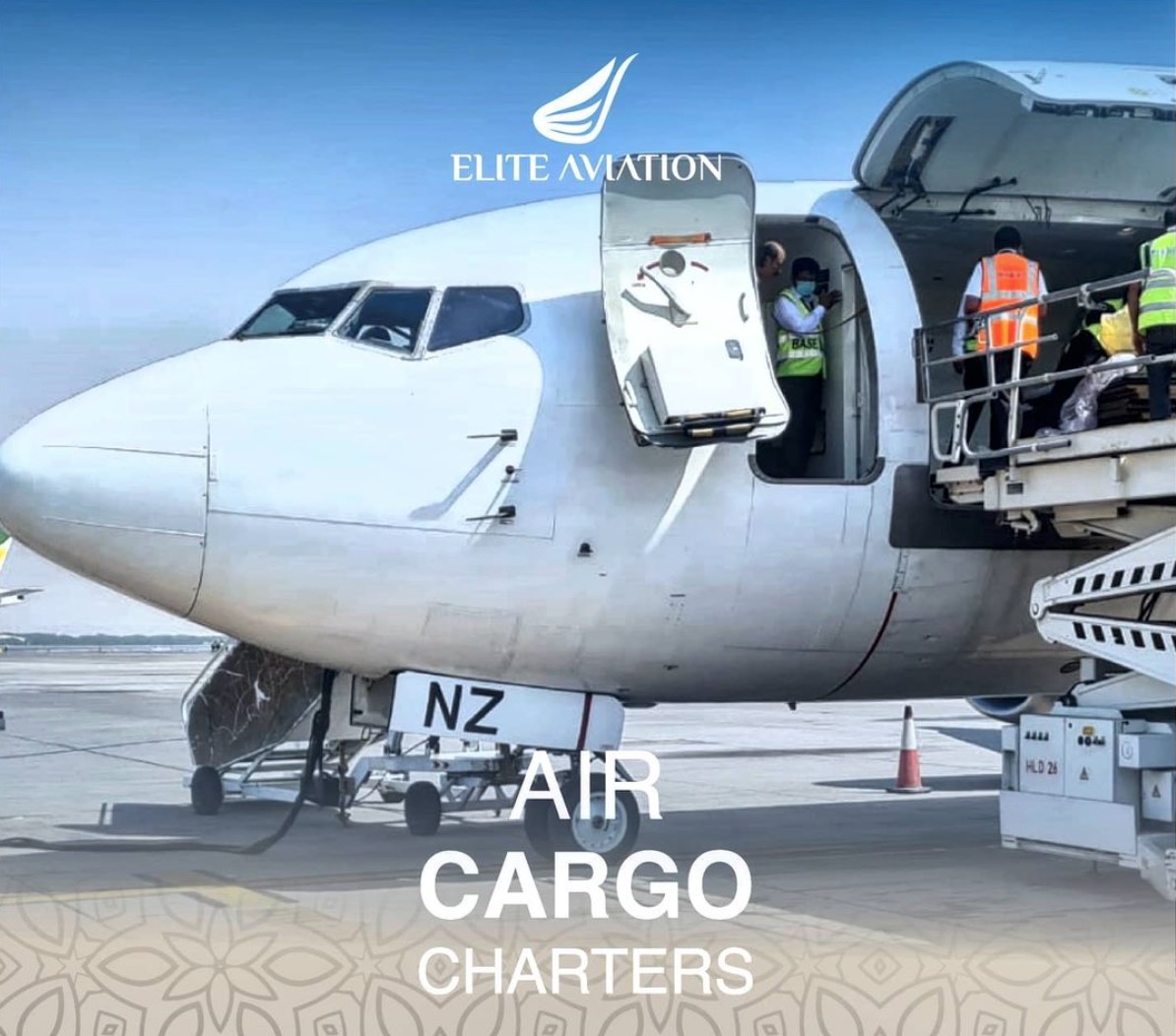By Zach Cooke
Earlier this past week, engine manufacturer Pratt and Whitney announced an extension to the period of time it would take to inspect turboshaft engines on the Airbus A320neo series aircraft. In July, oit was announced initially that a period of approximately 60 days would be needed to inspect engines for contaminants in the engine core. However, the organization announced on September 11th that the new time frame for inspections will be closer to 300 days due to cracking in metal powder found in compressor and turbine disks.
The latest development involves a quality control issue with powder metal used to make engine components inside the core. The geared turboshaft PW1100G-JM engine was initially certified by the FAA in December 2014. In a combustion engine, air is combusted in the turbine section housed in the core of the engine. The turbine in turn spins the fan, the most visible part of the engine from the front, along with compressor stages, also inside the core.
The fan pushes air around the outside of the core as well as into the compressor section. Air from the fan bypassing the core of the engine is thrust, propelling the aircraft through the atmosphere. The air passing through the core of the engine is compressed through the compressor stages and then combusted, driving the turbine. The gearing of the engine relates to a gearbox allowing the fan and turbine to rotate at different speeds, increasing fuel efficiency.
In a press release produced by RTX, Pratt and Whitney’s parent company, an estimated 600 to 700 engines will need to be inspected for cracks in high-pressure turbine disks and high-pressure compressor disks. Last month, the company sent a notice to operators of the A320 powered by the engine to make additional inspections, which needed to be completed by September 15 of this year.
The Connecticut-based manufacturer is developing a fleet management plan for airlines to inspect the high-pressure turbine disks and high-pressure compressor disks in engines at additional cycle intervals. While Pratt and Whitney believe that the majority of inspections will be completed throughout the remainder of 2023 and 2024, the thorough process will take until 2026 to be fully completed for all affected engines.
Aircraft utilization rates for airlines operating A320neo series aircraft, equipped with the PW1100G-JM, across the globe will decline significantly throughout the next 3 years. Hawaiian Airlines, for instance, has already incurred significant disruption in schedule due to grounding aircraft from previous issues.
At times in the past year, the carrier has had five out of 16 active aircraft in the fleet parked, initially reported by aviationweek.com. In July, Brent Overbeek, the carrier’s chief revenue officer, hypothesized that it would not be until mid-2024 that Hawaiian would have a full Airbus A321 fleet operating.
However, with the latest development in quality issues, the previous time frame is likely to be pushed back. July’s announcement had Hawaiian pause routes to be operated by A321 aircraft, such as Lihue to Oakland, Calif.
Delta Air Lines believes their Airbus A321neo aircraft will not see as significant of disruption as other operators, although is waiting for the full estimated impact from Pratt and Whitney at the end of the month. During a recent conference, Dan Janki, Chief Financial Officer for Delta, stated with the delivery of new, low-cycle aircraft, the impact should be less for the carrier. Delta anticipates ending 2023 with 50 A321neo aircraft, awaiting over 100 additional examples to be delivered through 2027.



